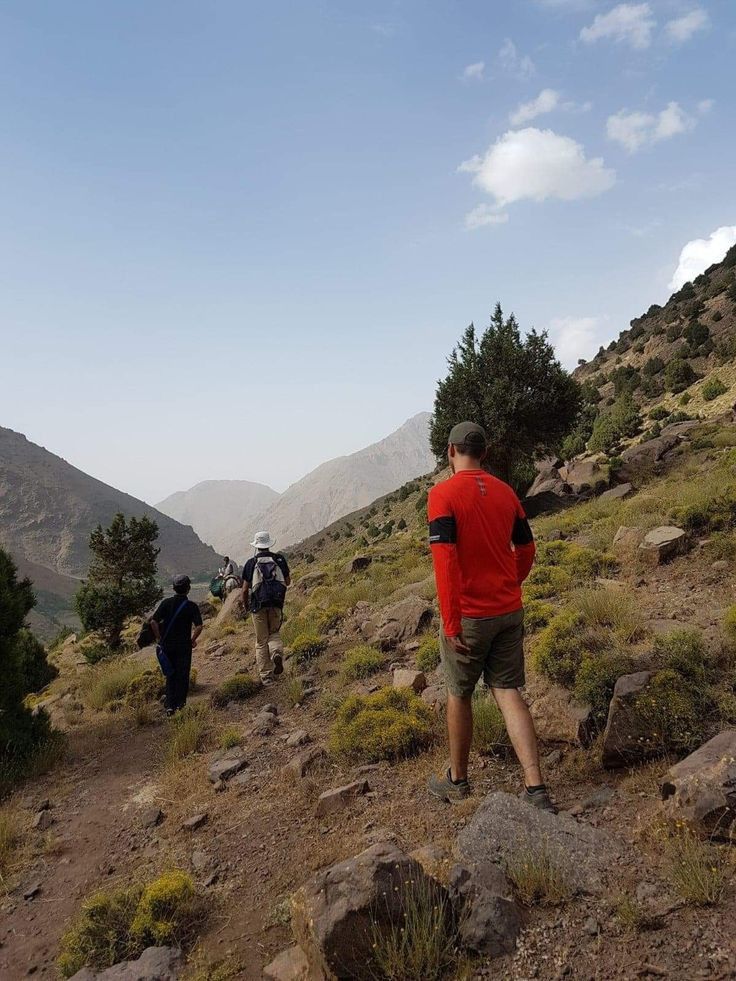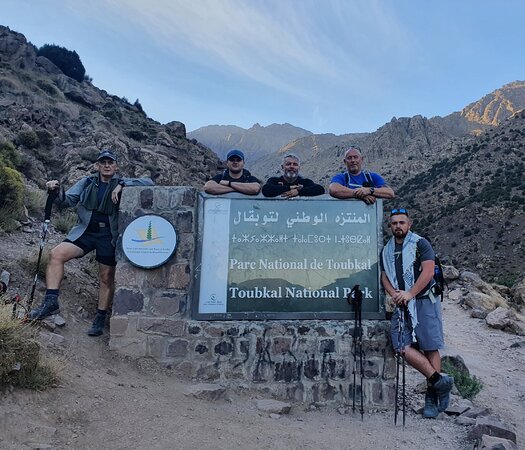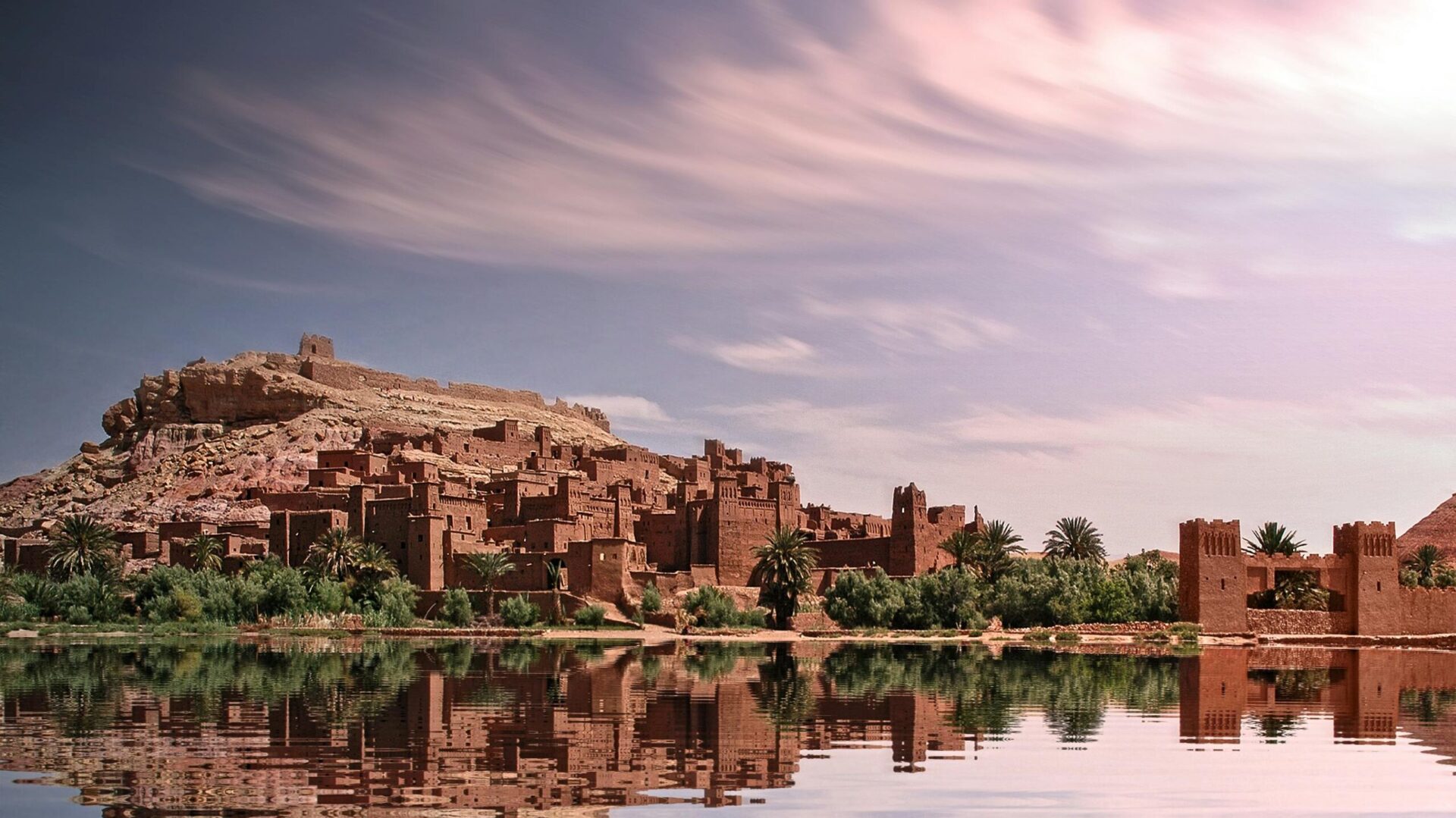Here’s a suggested kit list for your trekking tours in Morocco, designed to ensure that trekkers are prepared for the diverse and often rugged terrain of the Atlas Mountains and other regions in Morocco. This kit list can be customized depending on the season, duration of the trek, and the difficulty of the routes.
Trekking Kit List for Morocco Tours
Essentials:
- Passport & Travel Documents: Ensure you have a valid passport and any necessary visas (if applicable).
- Travel Insurance: Must cover trekking activities, emergency evacuation, and medical expenses.
- Money: Cash in local currency (Moroccan Dirham) for small purchases; credit/debit cards for larger payments (if available).
- Emergency Contacts: Local guide contact details, emergency medical services, and embassy numbers.
Clothing:
- Trekking Boots: Well-worn, waterproof, and durable boots suitable for rocky and uneven terrain.
- Socks: High-quality moisture-wicking socks (preferably merino wool or synthetic, at least 3 pairs).
- Trekking Pants: Lightweight, breathable, and quick-drying.
- Base Layers: Moisture-wicking long-sleeve shirts or thermals (top and bottom) for colder weather.
- Fleece Jacket: Lightweight and warm for cool evenings in the mountains.
- Windproof & Waterproof Jacket: Essential for protection against wind and rain.
- Insulating Layer: A down or synthetic jacket for colder weather (if trekking in winter or high-altitude regions).
- Hat: A sun hat for sun protection during the day and a warm hat for evening and morning chill.
- Gloves: Light gloves for daytime trekking (and heavier gloves if trekking in winter).
- Trekking Gaiters: To protect against dirt, stones, and moisture, especially if trekking in wet conditions or snow.
Accessories:
- Backpack: A comfortable daypack (20-30L) for daily essentials like water, snacks, and layers.
- Sleeping Bag: Appropriate for the season (consider a 3-season sleeping bag for most tours).
- Sleeping Pad: If camping, a lightweight and comfortable sleeping pad.
- Headlamp: With spare batteries.
- Trekking Poles: Adjustable poles to reduce strain on knees, especially on long descents.
- Sunglasses: UV protection, preferably polarized.
- Sun Protection: Sunscreen (SPF 30 or higher) and lip balm with SPF.
- Water Bottle or Hydration Bladder: 2L minimum, refillable.
- Water Purification Tablets/Filter: In case of limited access to clean drinking water.
- Camera: For capturing beautiful moments (optional, but highly recommended).
- Notebook & Pen: For journaling or notes during the trek (optional).
Personal Care:
- Toiletries: Toothbrush, toothpaste, soap (biodegradable), wet wipes, and hand sanitizer.
- Personal Medications: Any prescriptions you need, plus a small first aid kit (band-aids, antiseptic cream, pain relievers).
- Tissue Paper: For use in remote areas without toilet facilities.
- Anti-mosquito Repellent: For lower altitudes or if trekking during warmer months.
- Wet Wipes or Hand Sanitizer: For quick clean-ups on the trail.
Snacks & Food:
- Energy Bars: High-energy, lightweight snacks for mid-day refueling.
- Trail Mix: A mix of nuts, dried fruits, and seeds.
- Electrolyte Tablets: To add to your water and stay hydrated.
- Special Dietary Foods: Any specific food items or snacks you need for dietary preferences or restrictions.
Optional Items:
- Camera/Smartphone: For taking photos or using as a GPS device.
- Multi-tool: A compact, lightweight tool (optional).
- Trekking Guidebook/Map: A map of the route, if you want more detail about your surroundings.
- Notebook: To document your trek (optional).
- Trekking Shoes/Sandals: For relaxation around camp.
- Ear Plugs: If you’re sensitive to sounds while sleeping (e.g., mountain refuges or shared tents).
- Portable Charger/Power Bank: For keeping devices charged.
- Plastic Bags: For trash (leave no trace).
Seasonal Adjustments:
- Winter Trekking (if applicable):
- Thermal Base Layers: Top and bottom.
- Heavier Insulating Layer: Down jacket or similar.
- Winter Gloves: Insulated and waterproof.
- Warm Hat: Fleece-lined or similar.
- Crampons or Microspikes: For icy conditions.
- Summer Trekking (if applicable):
- Lightweight Clothing: Breathable and moisture-wicking.
- Extra Sun Protection: Higher SPF sunscreen, a larger brimmed hat.
- Lightweight Tent (if camping): Opt for a breathable 3-season tent for hot nights.
Optional Technical Equipment (for advanced treks or climbs):
- Climbing Gear: If doing any technical climbs (helmets, harnesses, ropes).
- Ice Axes/Cramp-ons: For trekking in snow or icy conditions.
- Altitude Medicine: Diamox or other medication for high-altitude trekkers (with doctor’s advice).
- Satellite Phone/Communication Device: For emergencies (especially on remote routes).
Important Notes:
- Pack Light: We recommend keeping your gear to a minimum and choosing lightweight, multi-functional items when possible.
- Check with Your Guide: Confirm specific gear recommendations depending on the season, trek duration, and trail difficulty.
- Leave No Trace: Take responsibility for your trash and always dispose of it properly.
This kit list covers the basics and should help your clients prepare for a comfortable, safe, and enjoyable trekking experience in Morocco. Let me know if you’d like any more specifics or further tailoring based on particular routes!



